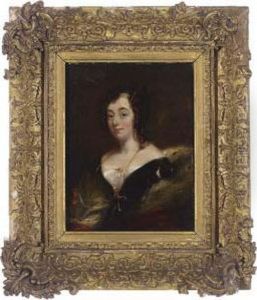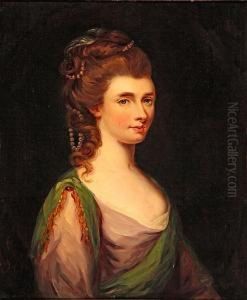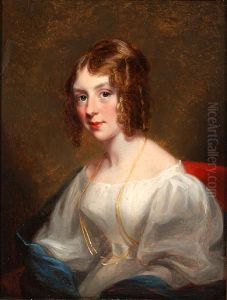Mary Martha Dutton Pearson Paintings
Mary Martha Dutton Pearson was an English painter whose life and work spanned the late Victorian era into the mid-20th century. She was born in 1860 in Bingley, Yorkshire, England. Not much is publicly documented about her early life or her family background, which is common for many female artists of the period due to the societal norms that often overlooked women's contributions to the arts and other fields.
Pearson's artistic education and career trajectory, as with many women artists of her time, is not extensively chronicled. However, it is known that she developed a proficiency in watercolors and oils and was active in the art scene during her lifetime. She primarily painted landscapes and floral subjects, which were popular genres among women painters of the period. Pearson's style would have likely been influenced by the prevailing artistic movements of her time, such as Impressionism, with its emphasis on light and color, as well as the Arts and Crafts movement, which championed traditional craftsmanship and the beauty of the natural world.
Despite the challenges faced by women in the arts during the 19th and early 20th centuries, Pearson managed to gain some recognition for her work. However, like many female artists, she did not achieve the same level of fame or historical attention as her male counterparts. Records of her exhibitions or associations with art institutions are scarce, but it is possible that she exhibited with local art societies or in group shows. The absence of detailed records makes it difficult to fully assess her impact on the art world, but her surviving works provide a glimpse into her artistic talents and the aesthetic sensibilities of her era.
Mary Martha Dutton Pearson passed away in 1947. Her legacy, similar to that of many women artists of her generation, has largely been overshadowed by the more well-documented careers of male artists. However, there has been a growing interest in rediscovering and re-evaluating the contributions of female artists to the history of art, which may lead to a deeper appreciation and understanding of Pearson's work in the future.


